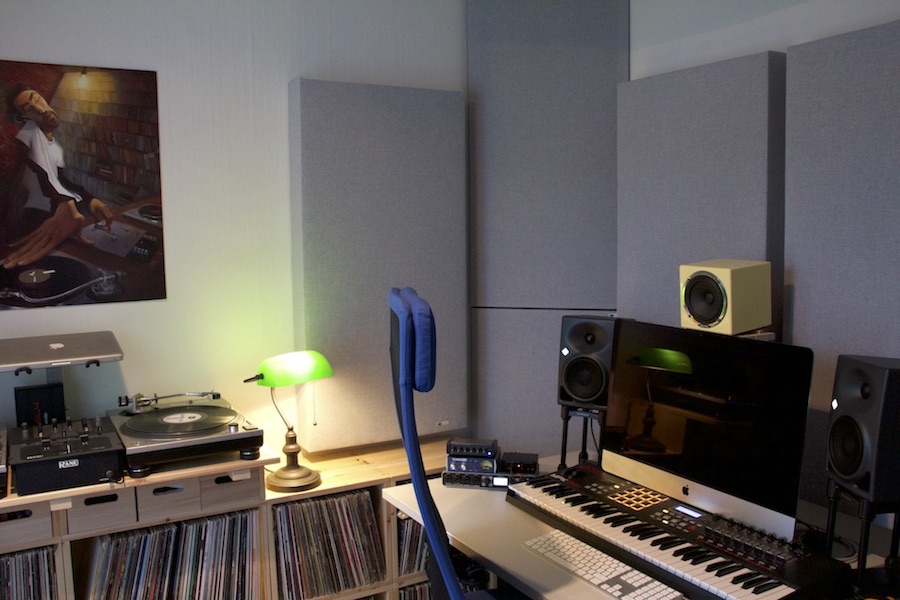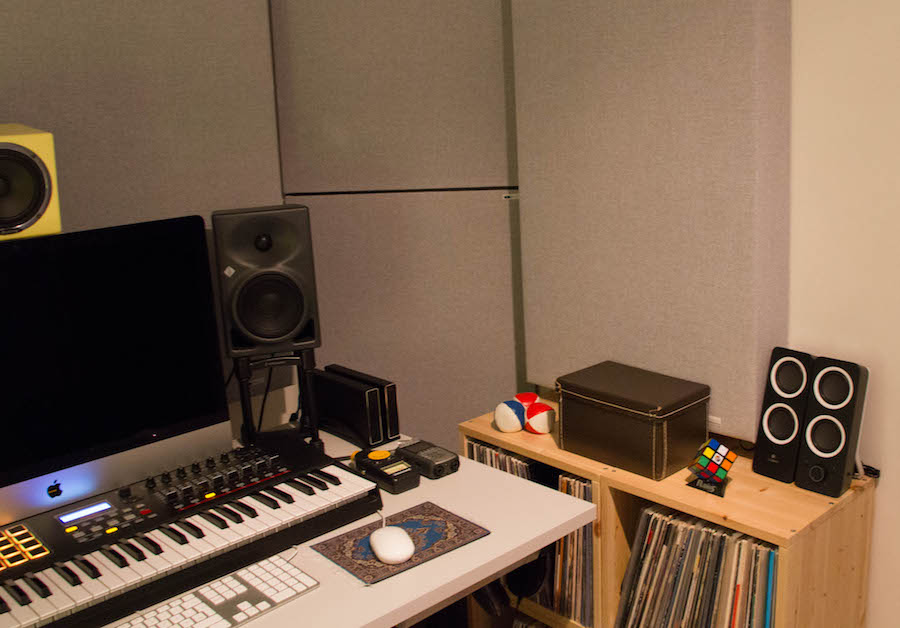Rebuilding my home studio
12 Aug 2017 by Nod Steady
About a year ago I rebuilt my combined music room and home studio. My plan was to add a little acoustic treatment in addition to what I already had. Then, it escalated a bit and ended up to be a lot more work than I had foreseen.
It all began began when a colleague recommended the book Mixing Secrets by Mike Senior. Throughout the first chapter, he addresses the importance of proper room acoustics. I realized that my room was far from optimal, neither in size, setup, nor acoustics. Something had to be done. I started researching and planning.
This is what my room looked like before I started:
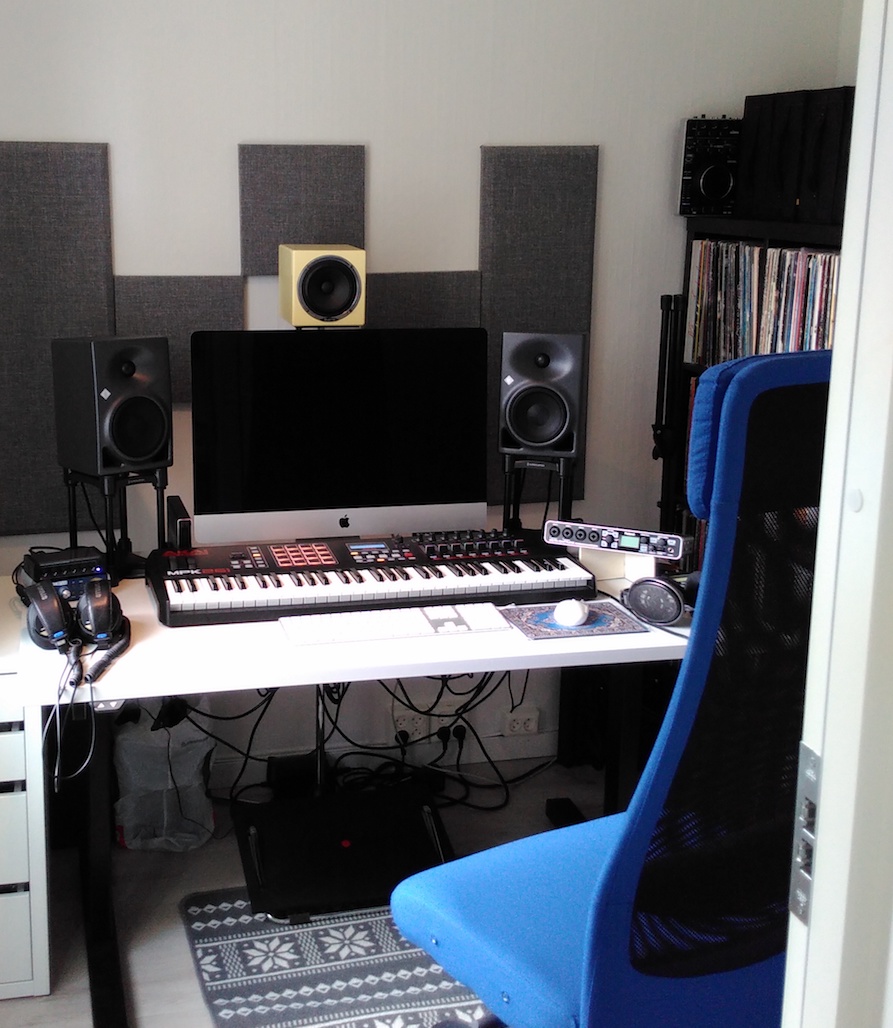
I don’t need a perfect room. But sound design is important to the type of music I make, so mixing is a natural part of the music making process. Anyway, it’s nice to hear what’s actually going on, and it was slowly dawning to me that I didn’t.
In my research, I came across a company called Gik Acoustics. They have a free acoustics counseling service, and I asked them for help, providing them with some pictures and drawings of my room. Their advice mainly concerned placement of things, and what remedies I needed to better control the sound. I was hoping to get away with minor adjustments and perhaps by adding a bass trap. However, pretty much everything in my room was wrong. And the little treatment that was already there didn’t help much.
First, I had to rearrange the furniture. I originally had my DJ setup to the right of my desk, and a window on my left hand. I was recommended to move my desk so it faced the shortest wall; having the back wall as far away from the speakers as possible helps the bass. That would also give me the window on the back wall, which would further improve bass by letting it escape out of the room. To improve the stereo image, I also had to position the desk and monitors symmetrically between the side walls.
Secondly, they suggested adding bass traps in the corners of the front wall, all the way from the floor to the ceiling. Also, they suggested adding broadband panels to dampen all frequency ranges (from treble to bass) on the front and side walls, as well as in the ceiling. Although I could have used my old panels, I decided to go all in and replace them as this would further improve bass, as well as making the overall sound more defined. Bass traps would also have been nice on the back wall, but I had to leave it out from lack of space.
When rearranging the room in my head, I had problems fitting in my DJ equipment and vinyl records. So I began planning some new shelves for my records. I spent some time experimenting in SketchUp and eventually came up with a good solution. I focused on flexibility, so I could easily change the layout later if it didn’t work out like I hoped. Finally, I designed the entire room in SketchUp to get an impression of how it would all fit together, to ensure I had gotten everything right.
Then I had to build the new shelves. After creating a list of everything I needed, I went shopping for materials. The store cut out the wooden pieces for me, about 70 in total. I also ordered what I needed from Gik Acoustics.
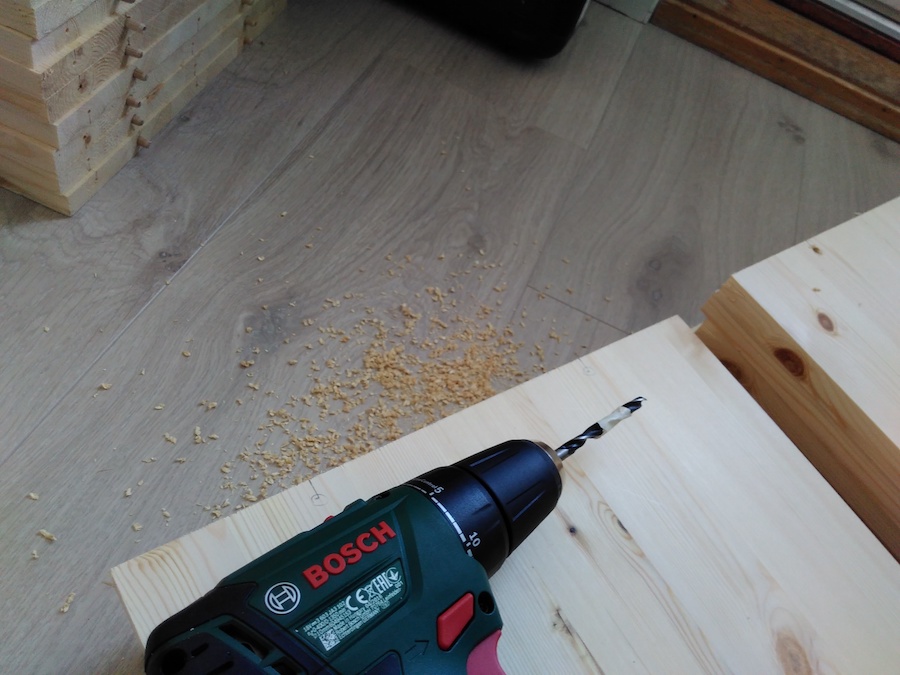
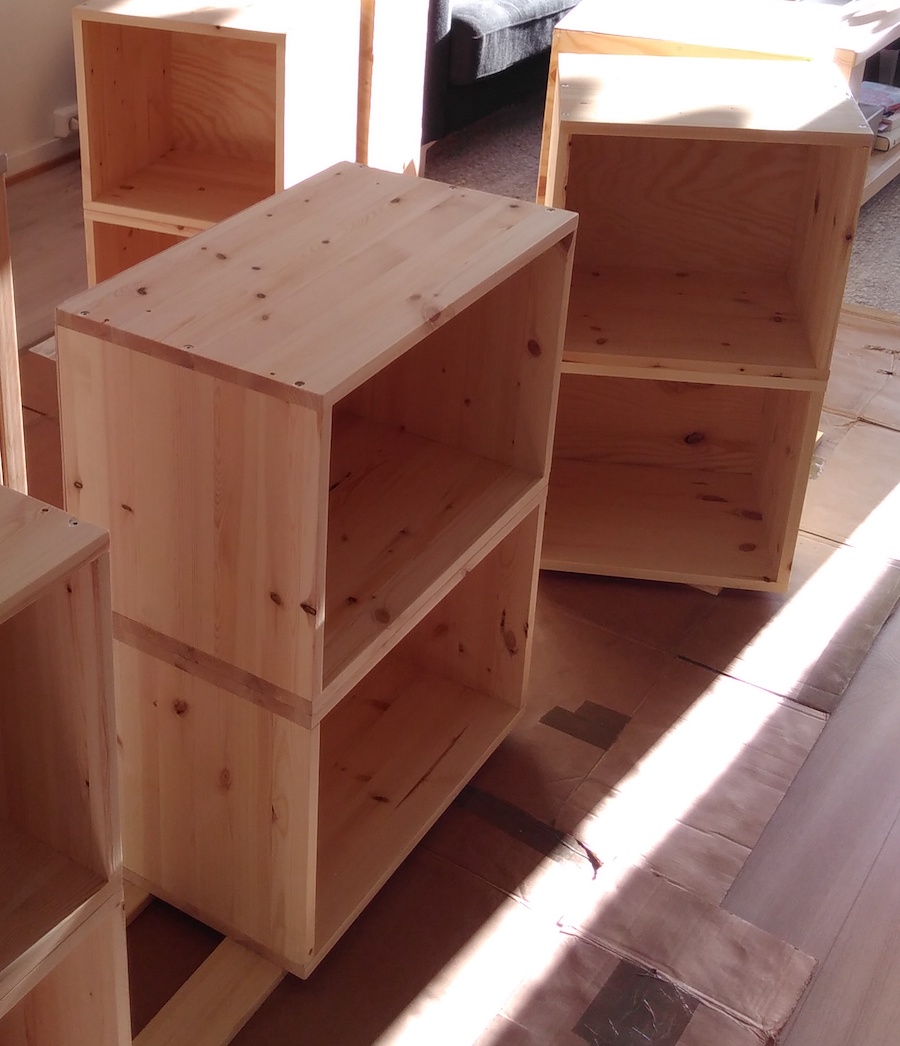
After I had built everything and mounted the acoustic treatment, I did some measurements using Room EQ Wizard that I shared with Gik. They suggested some minor adjustments, before I measured once more. After the last measurement they estimated the room to be about 70-80% of a “perfect” room. The remaining issues would be very hard to fix, especially in such a small room. However, they recommended me to try some room correction software as a supplement to tidy up the sound a little extra. So I’m now running Sonarworks’s speaker calibration, and the bass (which had a dip around 59Hz and a peak around 118Hz, even after room treatment) has become much nicer.
Having used my new studio for one year, I’m very pleased with the result! This process has taught me a lot, and although the room is not perfect, I now have much more confidence in what I hear.
Here are some images of the finished result:
